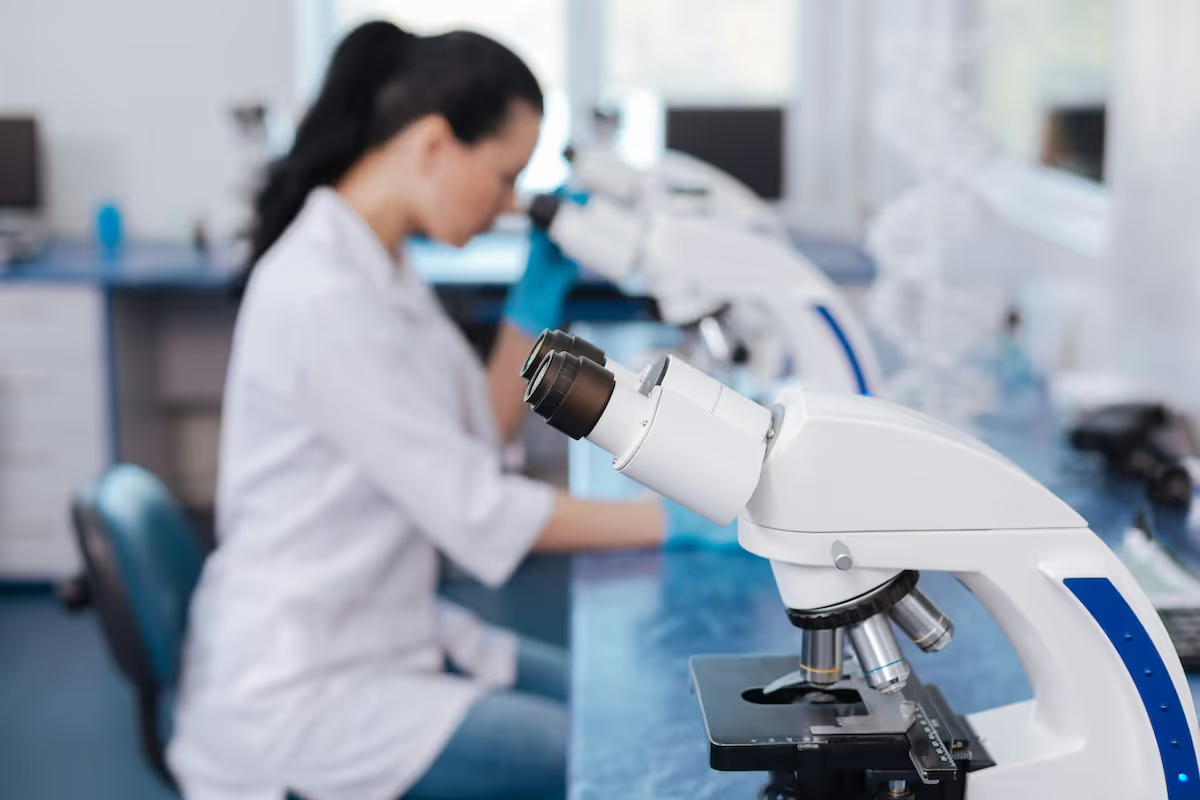Self-optimization market of the future: Life Sciences, MedTech & Nutrition offer investment opportunities

The dream of eternal life is probably as old as humanity. But while individual life expectancy could hardly be influenced in the past, people around the world are now working to optimize their “lifestyle.” The stated goal: to age healthily. Accordingly, industries such as Life Scince, MedTech and Nutrition are booming and opening up attractive return opportunities for investors.
Outwit biological age with self-optimization
A healthier diet, medical advances and many other improvements in the quality of life have led to a huge increase in life expectancy led: 1871 men in Germany were only 35.6 years old on average, in 2021 it was 78.5 years. Life expectancy among women rose from 38.5 to 83.4 years over the same period. Of course, many hope to at least reach the statistical average age and ideally even exceed it. The dream of “eternal life” is still unattainable, but there are now proven ways and means to live as long as possible and as healthily as possible.
The resulting trend towards self-improvement is labelled by critics as a “delusion” that can create enormous pressure. Because dealing with health, fitness and nutrition consumes time, money and can even lead to a psychological and physical overload lead. Nevertheless, the positive aspects of the trend prevail: Many people are taking better care of themselves, which is likely to benefit each individual and the healthcare system in the long term.
The current focus of many researchers is therefore primarily on extending the so-called Health span and a slowed aging process. The health span is a relatively new measure that measures the number of years a person has been healthy — not how long they live. The stated goal of this approach is to significantly expand the health range and thus be able to live a longer life without health restrictions. According to the “Future of Health” study This is also what most people want: When asked which option they would choose, 73 percent of those surveyed favor good health, even if life should be shorter overall. Reaching a significantly older age at the price of poorer health seems less desirable
Megatrends: Life Sciences, MedTech and Nutrition
Various approaches from the life scince, medtech and nutrition sectors are available to expand the health range, which have developed into a billion-dollar business. Trend: rising. The combined markets for life sciences, medtech and nutrition currently reach a volume of around three trillion US dollars and, according to forecasts, will grow to 7.76 trillion USD by 2032 - driven by innovations, demographic change, growing financial wealth and health awareness. Of course, companies that operate in these promising markets also benefit from this.
In the life sciences sector, the focus is primarily on personalized medicine. Advances in genomic research, for example, enable tailored therapies, particularly in oncology. Rapidly advancing artificial intelligence also plays a central role — particularly in drug discovery and diagnostics, which are becoming significantly more efficient thanks to AI. Successful companies in this area include Illumina, a market leader in DNA sequencing, and Amgen, a specialist in biopharmaceuticals. In the MedTech sector, the focus is on minimally invasive procedures and robot-assisted surgery. technologies such as DaVinci surgical robot from Intuitive Surgical Set new standards here.
The Nutrition segment is also developing rapidly. The trend is towards functional foods with health-promoting properties, such as probiotics, and plant-based alternatives to animal products. Personalized dietary approaches that use AI to develop individually tailored diets are also gaining in importance.
Future market offers investment opportunities
These three sectors benefit from innovations, an aging population and increasing investments in health. Among other things, the focus could be on maintaining eyesight into old age. Because poor eyesight or even blindness can significantly reduce the quality of life. At the same time, especially in the field of ophthalmology, there are age-related diseases that have not yet been cured, but can only be stopped. These include age-related macular degeneration (AMD) and glaucoma, which are also very common.
It is estimated that Around seven million people in Germany are affected by early stages of AMD, while around 480,000 people suffer from late stages. The prevalence of the disease increases significantly with age. For example, the incidence among people between 65 and 75 years of age is around 1%, while it rises to 10 to 20% among people over 75 years of age. Around 920,000 people are affected by glaucoma in Germany, although the prevalence here too increases markedly with increasing age.
However, particularly for frequent, dry AMD, there are nutritional treatments that slow the progression of the disease and, in some cases, can stabilize vision. The focus is primarily on nutritional supplements with antioxidants, vitamins (e.g. lutein, zeaxanthin, vitamin C, vitamin E) and zinc.
Special attention is paid to the OCUFORTE AMD and OCUFORTE RETINA products from MOLOGEN AG in Hamburg, which were developed specifically to help with age-related macular degeneration (AMD) and glaucoma.
The focus of the company, which now includes private investors such as private equity investors through a new bond about FINEXITY can participate is based on ANV technology, which specifically promotes regenerative and anti-inflammatory processes. The company is thus positioning itself as a pioneer in the fast-growing market for dietary supplements and dietetic foods and at the same time offers investors attractive return opportunities.



